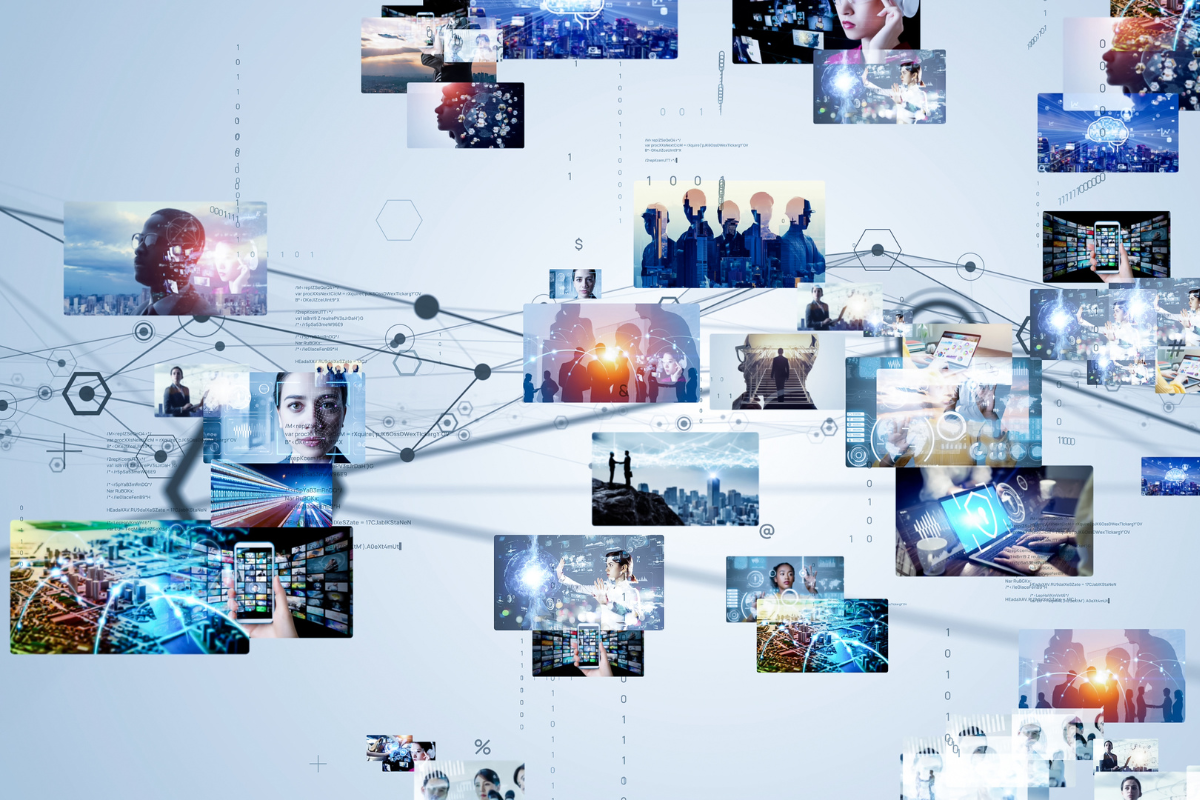Building genuine relationships and mutual understanding with media and diverse communities in Aotearoa New Zealand is crucial for scientists wanting to provide trusted and relevant information to counter the persistent flow of misinformation and disinformation.
That was a message emphasised by a wide range of speakers at a recent Te Niwha-hosted webinar titled "Science in the Age of Misinformation and Disinformation: Challenges and Strategies for Infectious Diseases Researchers".
The national infectious diseases research platform initiated the webinar to provide information on the phenomenon from those studying it and with insights into its growth, impact and ways to address it. The webinar also aimed to provide practical information for researchers wanting to communicate with the media and public about their area of expertise.
Speakers were:
- Professor Dame Juliet Gerrard, School of Biological Sciences and School of Chemical Sciences, University of Auckland
- Dr Sanjana Hattotuwa, Research Director, The Disinformation Project
- Dr Chris Puli’uvea, Lecturer Immunology, Auckland University of Technology
- Dr Jess Berentson-Shaw, Co-Founder & Co-Director, The Workshop
- Te Pora Thompson, Te Niwha Manawhakahaere
- Dacia Herbulock, Director, Science Media Centre
- Katie Kenny, Journalist
Following is a summary of each speaker’s key points and relevant links. Speakers were asked a question relating to their particular area of expertise or experience. They used a range of terms for disinformation, which are reflected in the summaries.
Dr Sanjana Hattotuwa
Research Director, The Disinformation Project
QUESTION POSED:
|
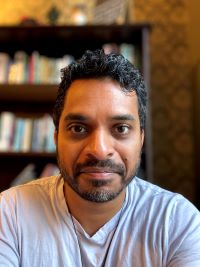 |
The phenomenon is not new. People globally, especially people of colour, have experienced it for decades in the form of propaganda and ‘democracy deficit’. Recent examples of the impact of disinformation include riots in the United Kingdom and the assault with a hammer of the husband of former United States speaker Nancy Pelosi by someone radicalised online. The Disinformation Project analysed the online environment in Aotearoa in the 48 hours following the hammer attack on Nancy Pelosi’s husband. They found every conspiracy or disinformation narrative that led to the perpetrator’s radicalisation was present and ‘pulsating’ in New Zealand’s online misinformation and disinformation landscape during that short period.
In Aotearoa New Zealand there was large scale anti-government and anti-COVID-19 vaccination sentiment on social media during and following the pandemic. A variety of other topics such as climate change and all vaccinations are also impacted by disinformation spread.
In May 2023 Netsafe research found 48% of New Zealand society encounters misinformation and disinformation daily, 78% weekly and 91% monthly. In 2023 July the Department of Prime Minister and Cabinet released research that showed more than a third of New Zealanders who believed disinformation felt it was fine to use verbal abuse against those they believed were hiding the truth or to hold them accountable for something they had done, such as measures taken by authorities during the pandemic. At the more extreme end of the scale, 26% (or more than 400,000 people) were fine with threatening to hurt someone offline.
Read more about The Disinformation Project.
Dr Chris Puli’uvea
Lecturer Immunology, Auckland University of Technology
QUESTION POSED:
|
 |
Misinformation/disinformation is worrying as it reduces confidence in not only science but public health measures and messaging. It can leave people confused, frustrated and anxious.
There is a spectrum of responses to misinformation/disinformation. At one end are those who subscribe to extreme views and are willing to share the misinformation/disinformation and reject expert advice and health measures. At the other end are those taking on information from both sides of a debate and could be confused and experience anxiety as a result.
Misinformation/disinformation caused confusion and anxiety and slow rates of COVID-19 vaccinations in Aotearoa early in the pandemic, particularly in Māori and Pacific communities. Rates did pick up following community engagement and scientific communication.
Misinformation/disinformation can reduce and affect other areas of health such as getting other vaccinations like influenza or measles. Some people even refuse to take any medication or advice from doctors and other health professionals. Instead, they come up with their own interventions such as herbal or natural medications or rely on their faith.
Different communities are affected differently by misinformation/disinformation. Some issues are science based so understanding how to address these issues is important. Some misinformation/disinformation could be faith-based, so being able to navigate and communicate with different communities and their perspectives is important.
Messaging is important. For example, during the COVID-19 pandemic, while there was public health messaging in mainstream media not everyone was able to tune into it. For some who did tune in language was a barrier, particularly for older Pacific people. Some terms used in messaging didn’t have Pacific translations for them. It is important to be able to communicate in a way that is easily understood and on platforms relevant to different communities. For example, older Pacific Islanders often tune in to like Pacific media because of the language.
Dr Chris Puli’uvea and Te Niwha lead researcher Dr Natalie Netzler were awarded New Zealnd’s most coveted science communication prize for their community engagement during the COVID-19 pandemic.
Te Pora Thompson
Manawhakahaere Te Niwha national infectious diseases research platform
QUESTION POSED:
|
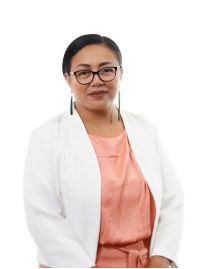 |
There is misinformation, disinformation, false information and information unintended to deceive versus information that deliberately deceives. When we think of these things and Māori, iwi, hapu and whānau, we need to think about their responsibility and what impediment information has on that responsibility. As an iwi leader a responsibility is to lead your people in times of distress or during an outbreak; to take good information deliver to your people. Those responsible for having the right information extend to health providers and those within a marae. Whānau and parents want to look after and protect each other and are responsible for their children.
The next thing to consider for those with responsibility is decision-making. What decisions need to be made and how does misinformation/disinformation impact those decisions and the populations you are responsible for.
Trust can easily be degraded by information. This occurred during the Covid-19 pandemic. It takes a long time and many factors to build high-level trust relationships. It can take just one social media post, for example, to chip away or degrade trust. A loss of trust can affect leaders’ ability to perform their role responsibility.
Misinformation/disinformation and a loss of trust impacts scientists and researchers, the health system and its kaitiaki and others invested in equity and reducing disparity. It makes it harder to engage and to look after the people.
With science, research and mātauranga, resistance to misinformation/disinformation will favour those with the strongest bonds of trust and respect with iwi /Māori communities. It’s about building relationships and being considerate, knowledgeable and respectful of iwi Māori, whānau and hapu. Be mindful of each of these populations and their responsibilities and decisions they need to make. Transfer these relationships into partnerships to be leaders together. That is a panacea to move past misinformation/disinformation together.
Read about Te Pora’s experience in public health and leadership and her role with Te Niwha
Dacia Herbulock
Director, Science Media Centre
QUESTION POSED:
|
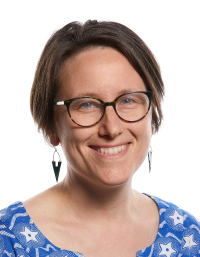 |
There are mixed messages about trust in science but monitors such as the Edelman Trust Barometer show scientists are in a privileged position. The barometer measures how much the public trust particular groups to ‘do what is right’. Scientists start from a very high level of trust compared to other voices in society; consistently ranking as highly trusted or most trusted. A second barometer, the Ipsos Populism Survey, shows ‘experts’ are highly trusted and lead the way in credibility. The measure endorses supporting experts to do public communication work, including offering media training.
Mixed perceptions of how trusted scientists are could relate to the different roles they are asked to play, how contentious the issues are, and contexts around them. Here are some of the different roles scientists and researchers are asked to take on:
- Orientating people to new or emerging information or helping to navigate something? E.g. the emergence of avian flu or use of wastewater for surveillance.
- Analysing and synthesising a complex issue to provide a recommendation or solution to a way forward? E.g. Should we stay in lockdown? There’s a lot more going on in those questions than science but scientists and their expertise can play a very important role in those discussions.
- Providing hope from technological progress or a new drug development or treatment for disease.
- Reinforcing the status quo or stating the balance of evidence or consensus. E.g. vaccines and public health measures that are not new or different. You are another voice reinforcing what is widely known or might have been chipped away at through disinformation.
- Justifying unpalatable decisions.
Some things to think about before communicating on an issue are: What is the conversation so far on the issue? How polarised is it? How long has it been out of the public gaze and is there a new generation coming to it? Is it something that requires several different messengers to deliver it?
A barometer from 2024 asked people whether they agreed with the following: ‘Experts in this country do not understand the lives of people like me.” 56% of New Zealanders agreed. It positions experts as ‘other’ for at least half the population. This is food for thought, especially on very polarised issues.
How to avoid being pigeon-holed on contentious issues:
- Disrupt perception of being in one camp or another.
- Think about who would be the best in your group to deliver the message.
- Lean into independence and your ability to provide outside perspectives.
- Strength in numbers and diversity of those speaking within the research community so it’s not same few individuals always speaking on a controversial issue.
Technical and specialist knowledge is needed by the media and communities and powerful when combined with good communication.
Watch a briefing hosted by the Science Media Centre from a visiting Harvard academic on how science channels can be used to spread disinformation with the appearance of scientific legitimacy.
Go to: Science Media Centre website
Dr Jess Berentson-Shaw
Co-Founder & Co-Director, The Workshop
QUESTION POSED:
|
 |
Beliefs, values, and shared mental models are the first thing we use to make decisions about information, rather than logic. We quickly run issues through these filters as a shortcut to assess whether information fits with them. Only after we have gone through this primarily unconscious stage do we apply logic and backfill with facts to back up our initial conclusion.
Trust is a common mental shortcut. It is very experientially driven. For example, who we trust is predicated on what our experience with that person has been. While scientists might hold high trust for some people, for others with negative experiences they will hold low trust. It is key to think about different communities and what their experiences are and shortcuts they might be using.
Understanding how people process information helps us intervene and address false information. We can address false information and influence people’s logic and decision making at different stages and with different tactics.
A first step is thinking about influencing the frame – or shared way of thinking about the issue - at the very outset. We can impact at the beliefs, values and mental shortcuts phase by telling our story. What is the frame you want to switch on? What is the true information you want to switch on? From a media perspective this can look like not answering a question directly. It is thinking about what you want to say instead of spending time negating myths or talking about what is untrue. Repetition is a mental shortcut, so it is important not to repeat what is untrue.
Three tactics for countering false information:
- Inoculation – before people have been exposed to false information. Rather than discussing the false information (and repeating it), talk about the types of false reasoning and logical approaches used by people when sharing false information. This activates critical thinking and red flags when exposed to false information. Do this by talking about the types of false reasoning or logical fallacies people will be using rather than talking about the false information specifically.
- Build relationships and give people the opportunity to be heard. People find it hard to hear good information if they haven’t first been listened to. This can happen through, for example, structured conversations on social media in a way that allows people to be heard and deal with their emotional experience, creating an opening for them to hear your information and be open to good information when they hear it.
- Debunking is when we are sure there is false information being spread that is harming people. Use a ‘truth sandwich’ which involves containing the false information within two truths.
Read more about how to counter false information
Katie Kenny
Journalist
QUESTION POSED:
|
 |
Science communication and journalism is needed more than ever in the context of disinformation. This growing need is set against declining newsroom roles and specialist science reporters. Experts, scientists and researchers are important trustworthy sources for reporters and whanaungatanga and respectful relationships between journalists and experts are key to helping counter misinformation.
Tips on pitching a story or commenting on one. What do reporters look for?
- Newsworthiness – often related to audiences’ daily lives.
- Specific – too much information bores people and turns them off.
- If you’re talking about specific research, be clear about limitations or parameters of research so the audience gets insight into how science works.
- Identify your subject of expertise – this is helpful for journalists who are often trying to understand the wider context as well as the specific issue in order to translate information to a wide audience. You can help them build a foundation of knowledge and get it right in this instance and in future.
- Feedback – positive or constructive. Journalists don’t know what they don’t know, they like hearing from you and ultimately want to do a good job.
Hear about: Stuff.co.nz’s The Whole Truth project on COVID-19
Read some of: Katie Kenny’s recent stories explaining issues
Professor Dame Juliet Gerrard
School of Biological Sciences and School of Chemical Sciences, University of Auckland, former Chief Science Advisor to the Prime Minister
QUESTION POSED:
|
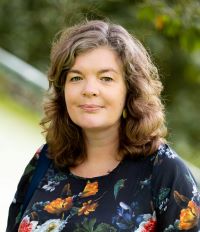 PROF DAME JULIET GERRARD PROF DAME JULIET GERRARDPhoto credit: Elise Manahan |
In ‘You are Here”, Whitney and Milner suggest using the term ‘polluted information landscape’ rather than mis/dis/mal-information. Talking about polluted information helps to avoid implicit blame in conversations and helps build trust. It creates a point of agreement for people subscribing to different realities that they are looking at different information and feeding from different feeds.
Our report on how to build young people’s resilience to polluted information (link below) was co-authored by Professors Stuart McNaughton and Melinda Webber. Commissioned by former Prime Minister Jacinda Ardern, we took an education perspective and looked for collective solutions for the next generation, rather than quick fixes or interventions. The focus was understanding how to build community resilience so young people have a healthy scepticism about information they encounter. The team looked at overseas exemplars, and found the strongest approaches were led in local communities, in contexts young people understood and were grounded in, but with an overarching supportive national framework.
For example, in Finland found strong connections between schools and libraries, where libraries had experts on media information literacy and digital citizenship who supported teachers and young people navigate the online world.
An example (see case study 8 in the full report, linked below) of how to give young people a good ‘bullshit detector’ is an exercise where they are asked to research the Tree Octopus. They are given a starting website on the creature, unaware that there is no such thing as a Tree Octopus. Young people who used tools to be sceptical and do lateral reading find this out and develop an awareness that everything they read isn’t true. A small hard core of children continued to believe there is such a thing, which could indicate which children are more susceptible to polluted information.
Reference to the book: You Are Here (mit.edu)
Read: Report on the Government project to build young people’s resilience

